A Nasty Leak, burst pipers, or natural disasters like floods can cause severe water damage to your property. If neglected, the damage can exceed and cause even bigger messes.
Hence, it is always better to supervise the damage and take immediate actions and measures to get rid of it. One such way is to learn about water damage cleanup tips that we have put together for you.
Our water cleanup tips will help you clean the damage fast as well as more effectively without having to call for a professional water damage cleanup service.
Let’s dive into it.
Things to Consider Before Restoration:
Before we begin with our whole tips for water damage restoration one important thing that you need to do is assess the damage first.
You need to consider certain elements and factors before diving into the whole cleanup procedure. It is essential since without proper assistance you will not be able to apply correct treatment and avail of effective results
Water Volume:
To determine whether you will be able to clean the water damage yourself or that you would have to call in for a professional; you need to evaluate the water volume.
For example, if the water volume is small or moderate and the damage caused is not too much that you can probably manage it on your own.
Origin of the Damage:
Before you begin with your water damage cleanup tips, you need to locate the origin of that damage. You must have a clear understanding of what exactly is the source of the particular damage and how to get rid of it.
Since every damage requires distinct treatments; here are some common sources of water damage:
Clean Water:
Such type of water is originated from either rainfalls or leaky pipes and is generally safe to handle since it has no harmful chemicals in it.
Gray Water:
This type of water is a result of leakage from your home appliances such as dishwashers, toilets, or washing machines. Such water is slightly contaminated but nothing that you cannot handle yourself.
Black Water:
This is the most harmful type of water with its source being sewer or flooding from a nearby river. Such water is highly contaminated and should not be handled without precautions since it can cause various health hazards.
The extent of the Damage:
Lastly, before applying your water cleanup tips you need to carefully evaluate the extent of the damage caused by the water.
If the damage is minor you can easily handle it however, if it is significantly major it would be dangerous and hazardous to clean it yourself without calling in for a water damage cleanup service.
Evaluate carefully the extent of the damage before deciding whether to do it yourself or call in for professional help.
Water Damage Cleanup Tips:
Once you have clearly determined the factors above and are sure that you can safely handle the damage yourself then you can follow up on these great and easy water damage cleanup tips.
One thing that you need to note is that you don’t have enough time to wait since the wet materials begin to develop mold after almost 24 hours.
So, start quickly.
-
Disconnect All the Electronics:
The first and most important step you need to take is to disconnect all the electronics that you have in your house.
While you might not be aware of the severity of the damage caused by the water, you must realize that any electronic equipment operating in such situations can lead to deadly electrical shocks and even explosions.
Hence, don’t be careless and unplug all the electronics immediately. It is extremely important to be extra vigilant in terms of electronics and gas lines.
-
Inspect Thoroughly for Mold;
The next important water cleanup tip is to inspect thoroughly for any signs of mold invasion.
Certain types of mold stains are deadly and can pose serious health hazards for a human being. It is not unlikely for mold to develop in areas facing water damage.
Once infected, the mold can spread at a very fast pace throughout the area so it is always recommended to inspect the situation thoroughly in order to avoid various health hazards.
If the invasion is not something serious then you can always cut off the affected area, bag, and dispose of it.
However, if the invasion is of a significantly large level then you need to immediately shut down any airflow to avoid further contamination and call in for a mold inspection service.
Due to water damage, mold can also infect areas like inside the walls or floors so you need to be vigilant with your mold inspection throughout the restoration process.
-
Dry Water Out:
The next important thing you need to do is dry out as much water as you can before any further damage could be inflicted.
Instantly take all the possible measures to eliminate all the moisture and dry out the affected areas from the water damage.
In order to do so, you can always use fans and a large-capacity dehumidifier to circulate the air around your house and dry water out from carpets, wood, and other targeted areas.
Though we cannot say that doing this will prevent mold growth altogether, we can definitely assure you that doing this and taking appropriate measures at the right time will surely lessen the chances.
-
Get Rid of All the Damaged Materials:
Moving forward, the next important water damage cleanup tip is to get rid of all your damaged and affected materials that can pose a great risk for you.
If your porous materials like carpets and insulation are completely soaked in water and cannot be restored then you need to dispose of them in order to avoid mildews.
It is always better to take precautions.
-
Disinfect Remaining Areas:
Lastly, you need to disinfect the remaining areas to prevent any damage.
You need to take immediate measures to sanitize the area so the mold and other health hazards wouldn’t develop.
Spray and wipe down the surfaces with bleach to stop the growth of mold spores.
Final Thoughts:
If you follow the above water damage cleanup tips you can easily get rid of the damage however, if the issues are of a major level then it is always better to consult with professionals and avail of their services.

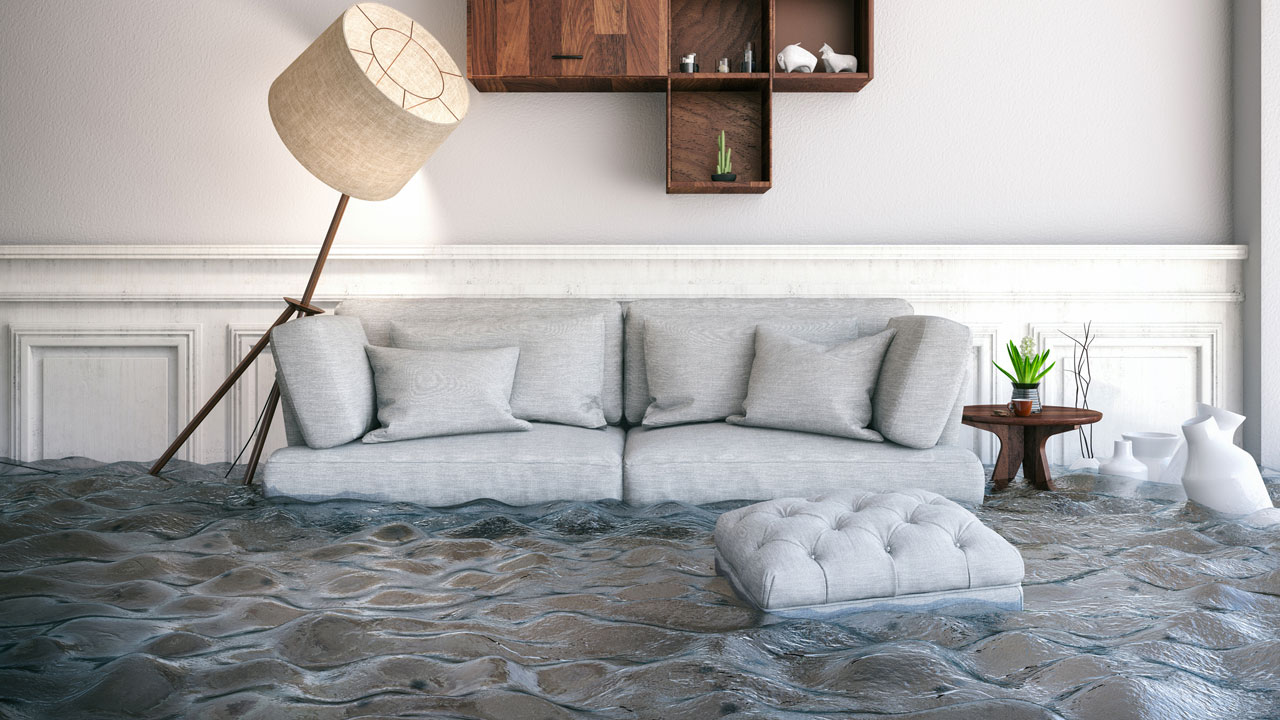
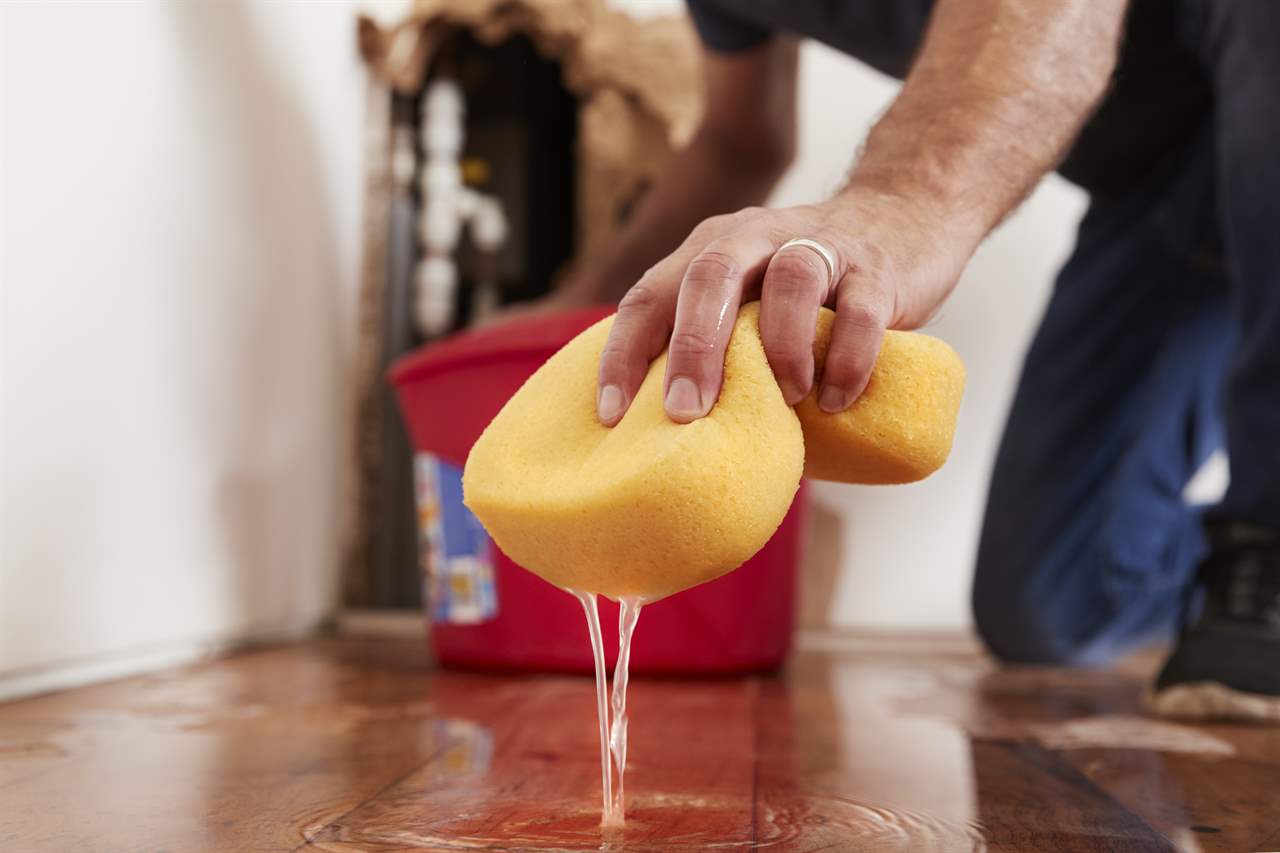
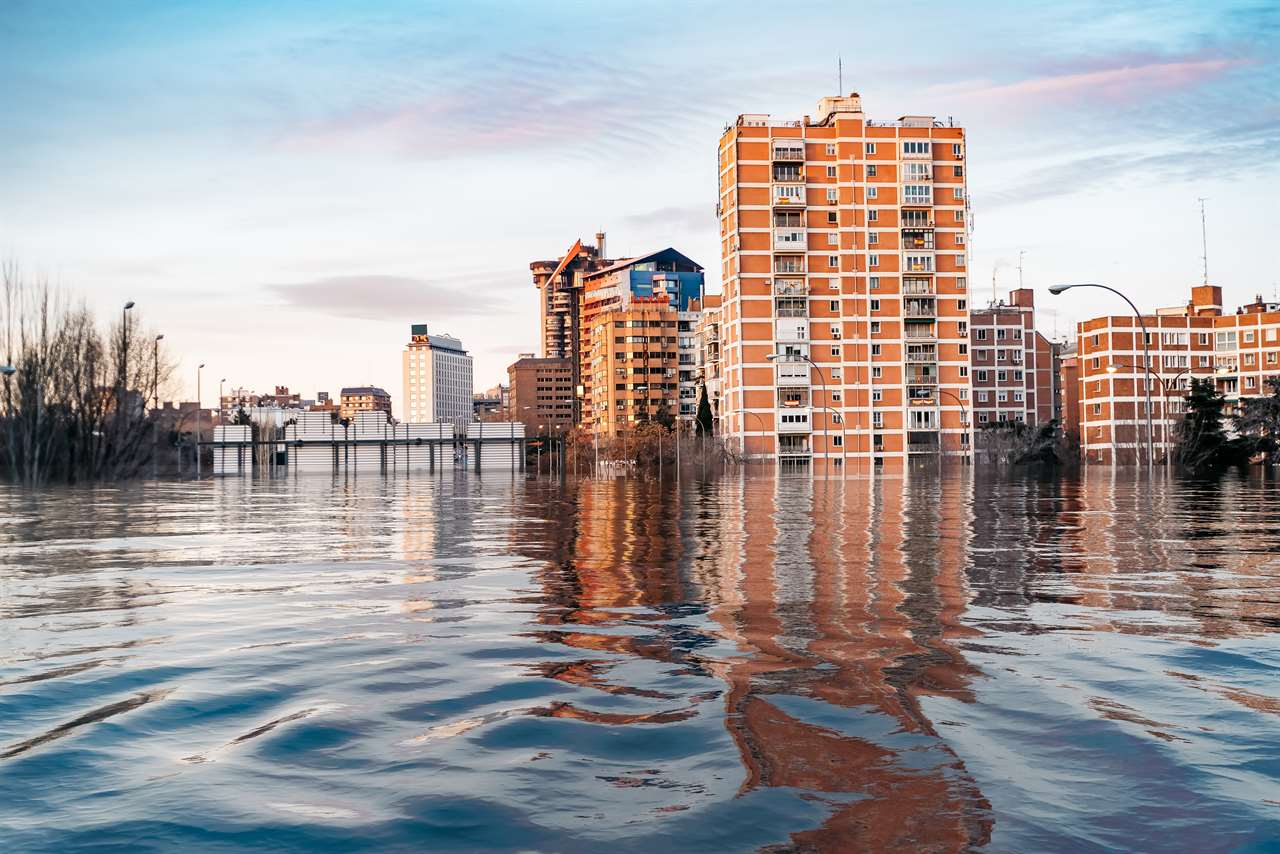
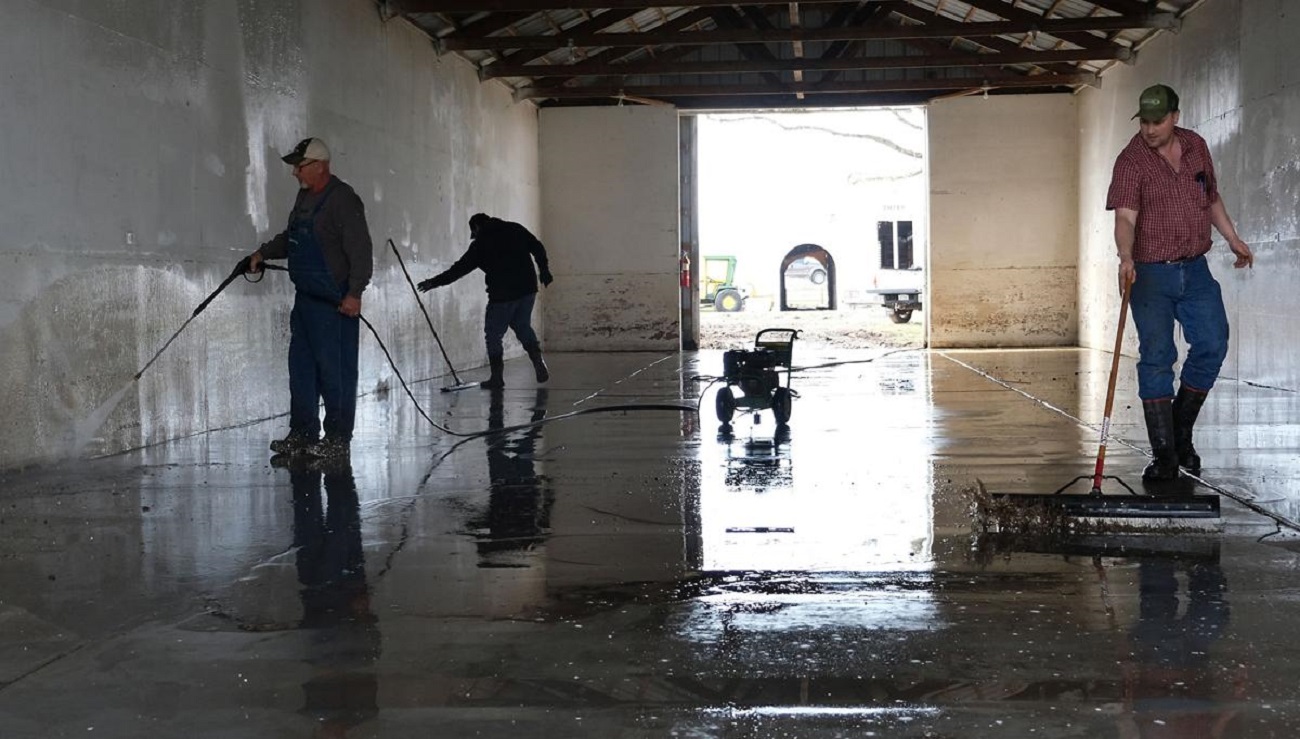
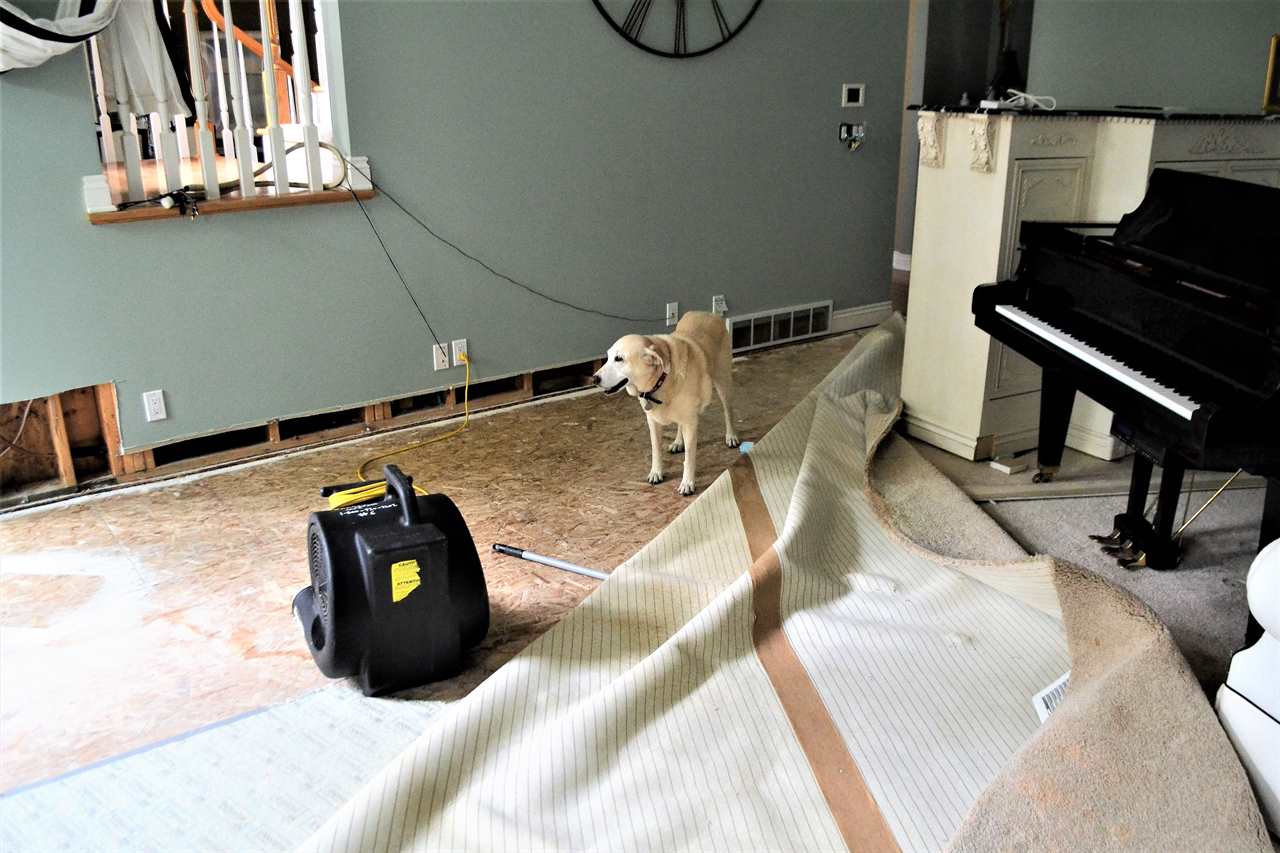
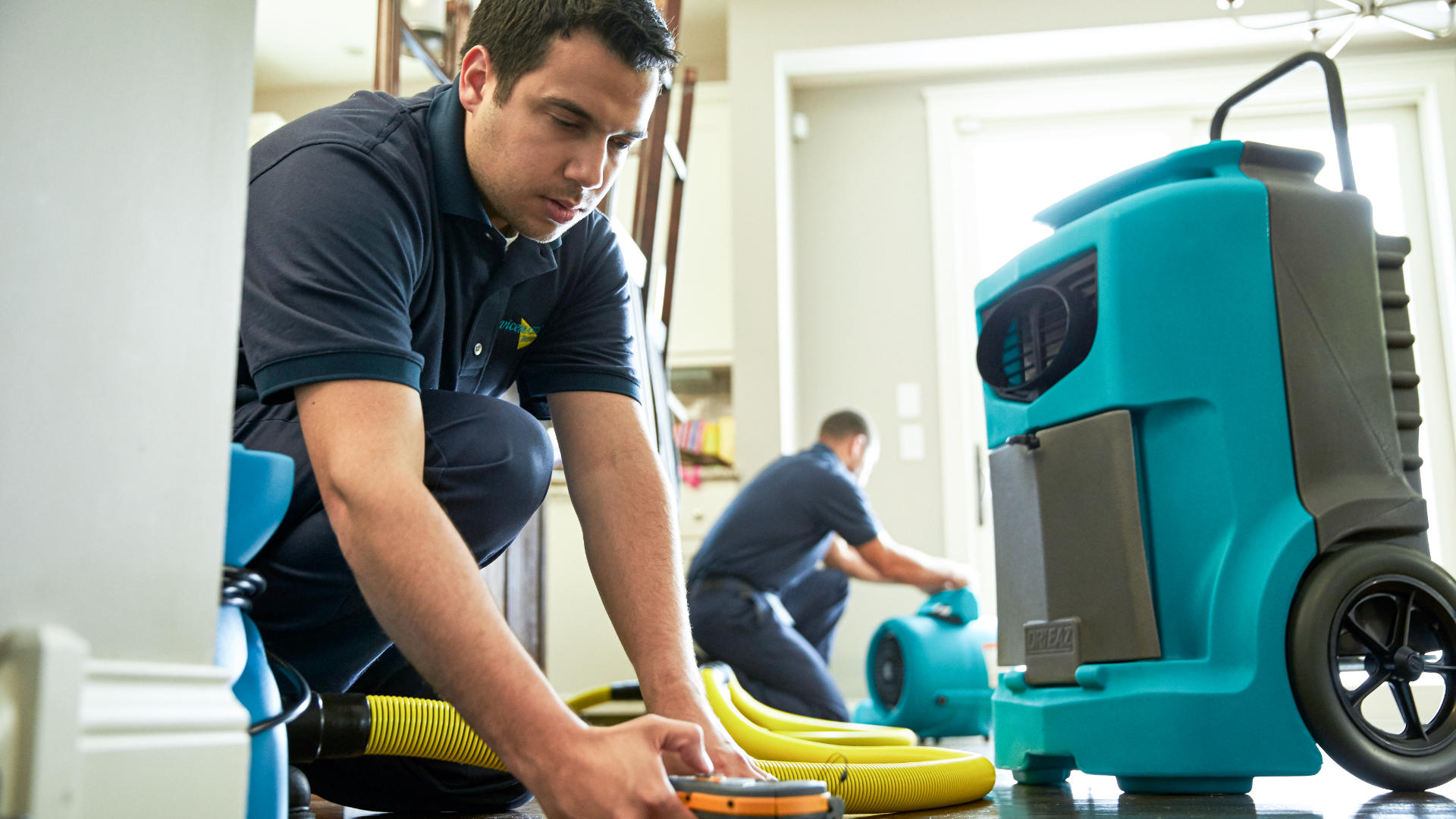
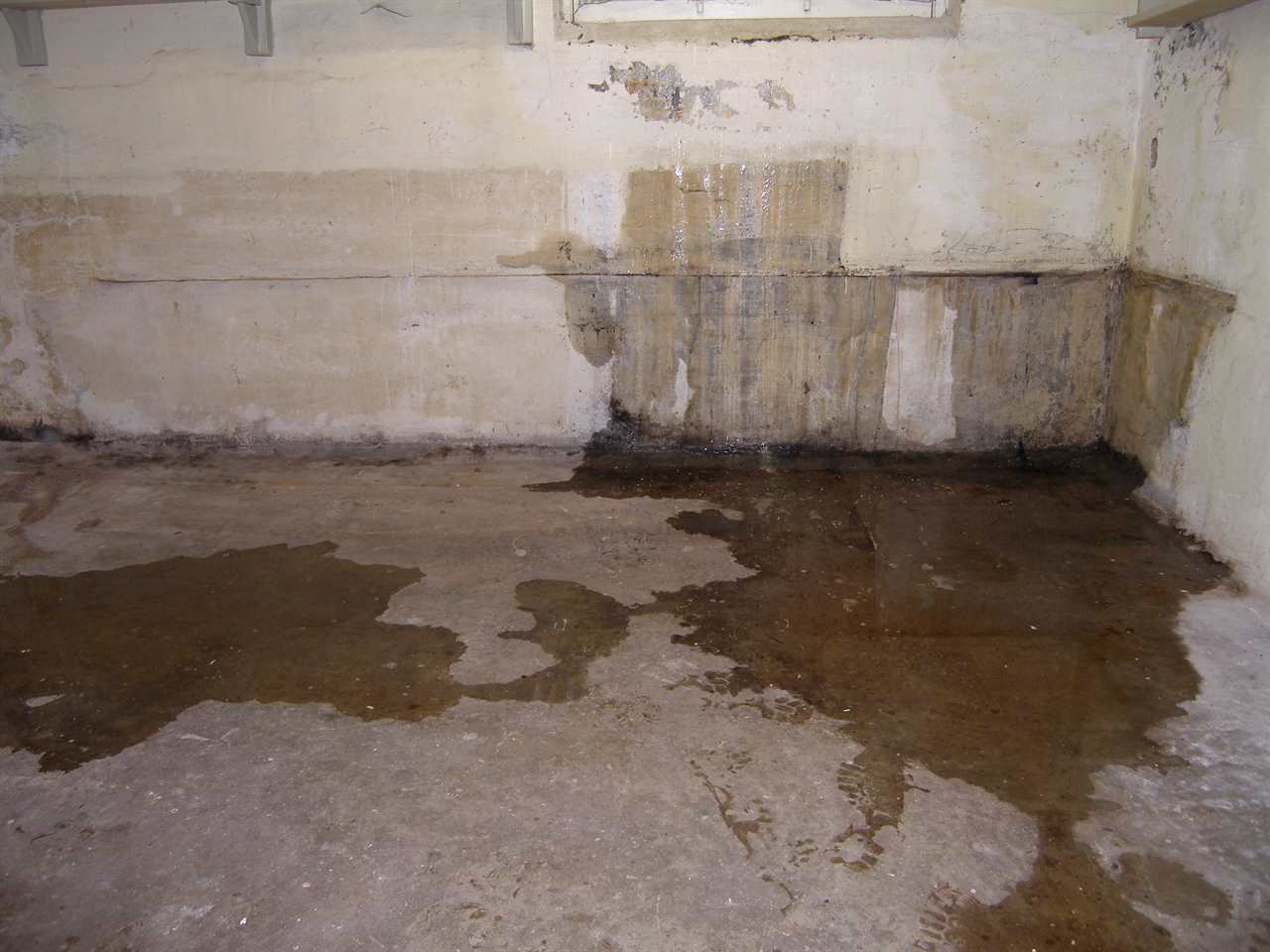
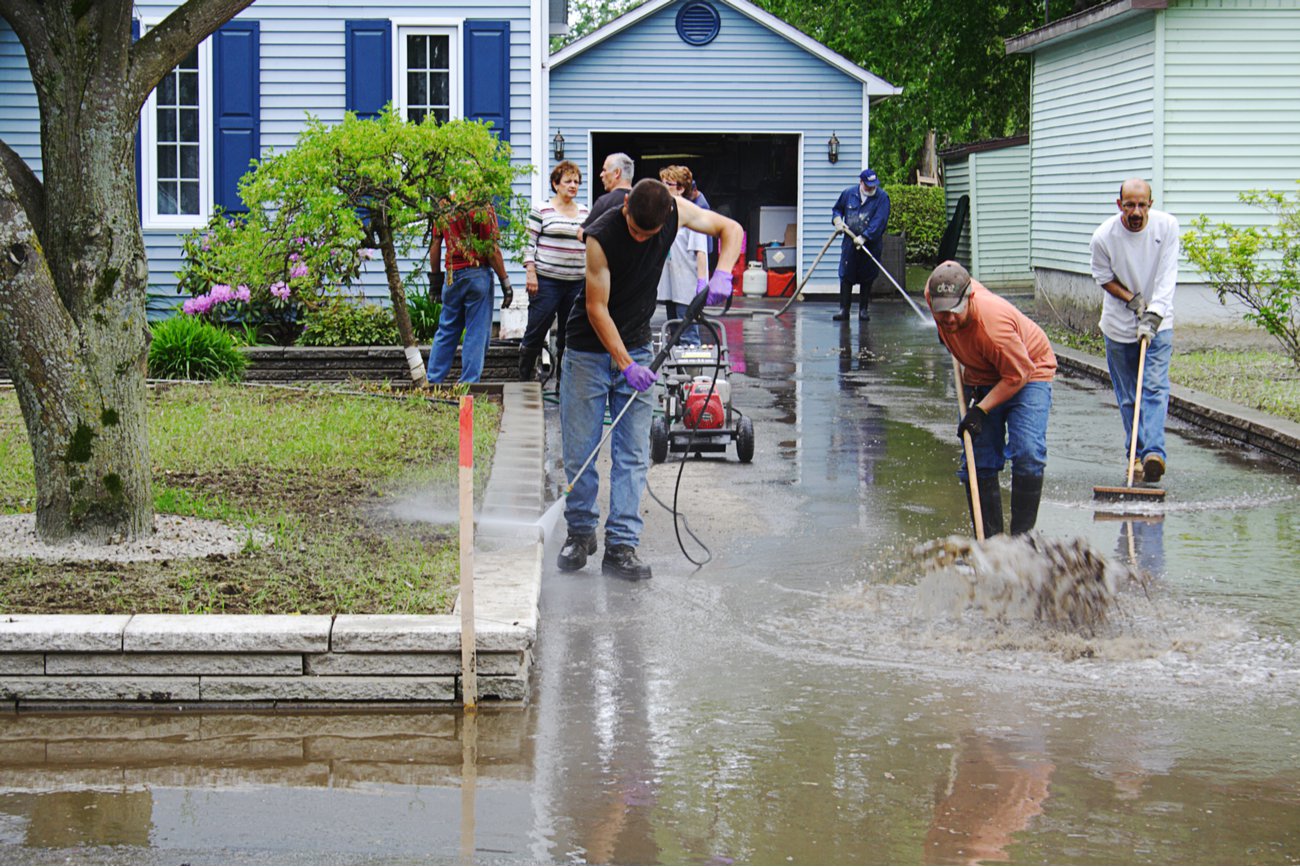

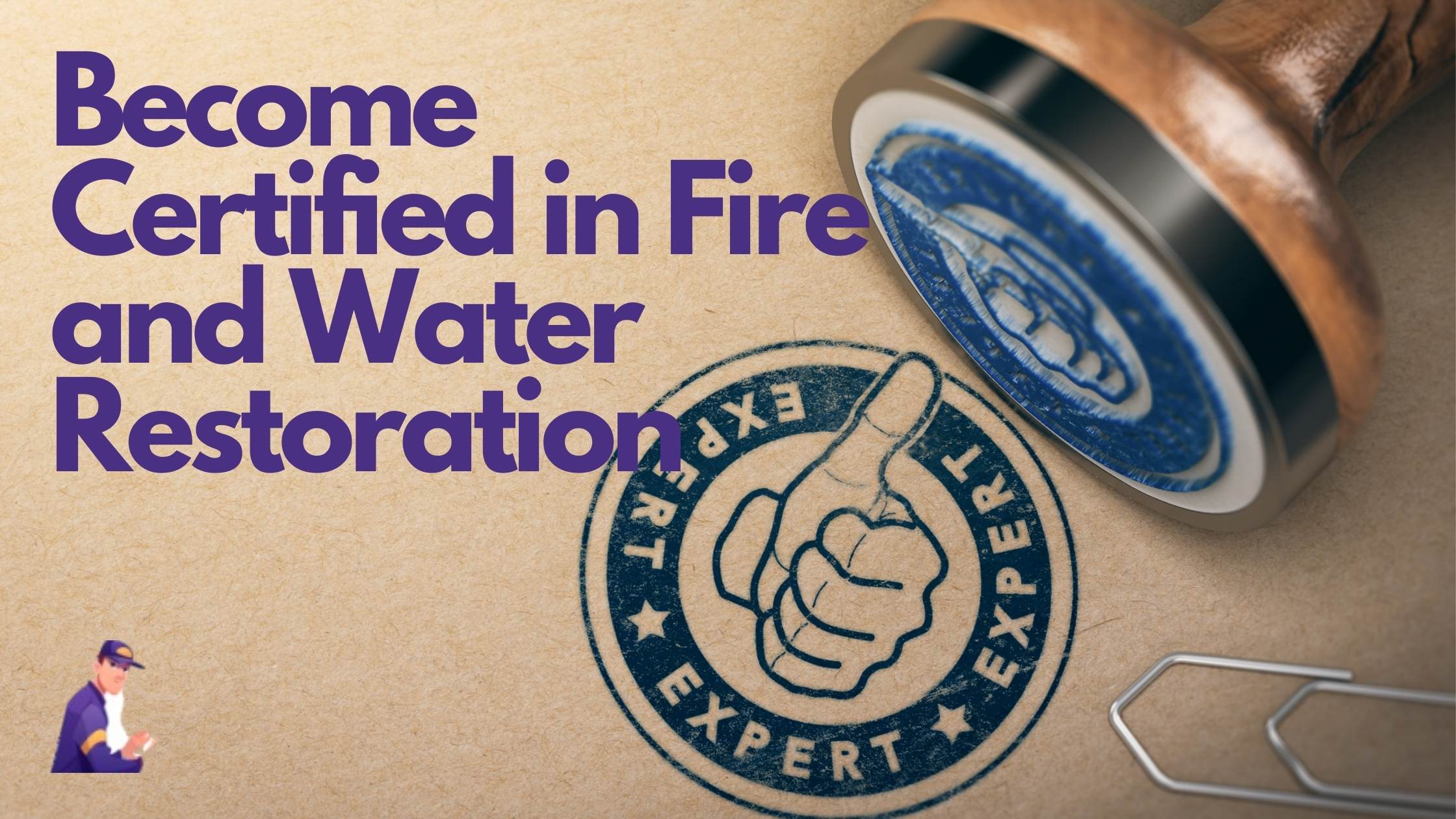
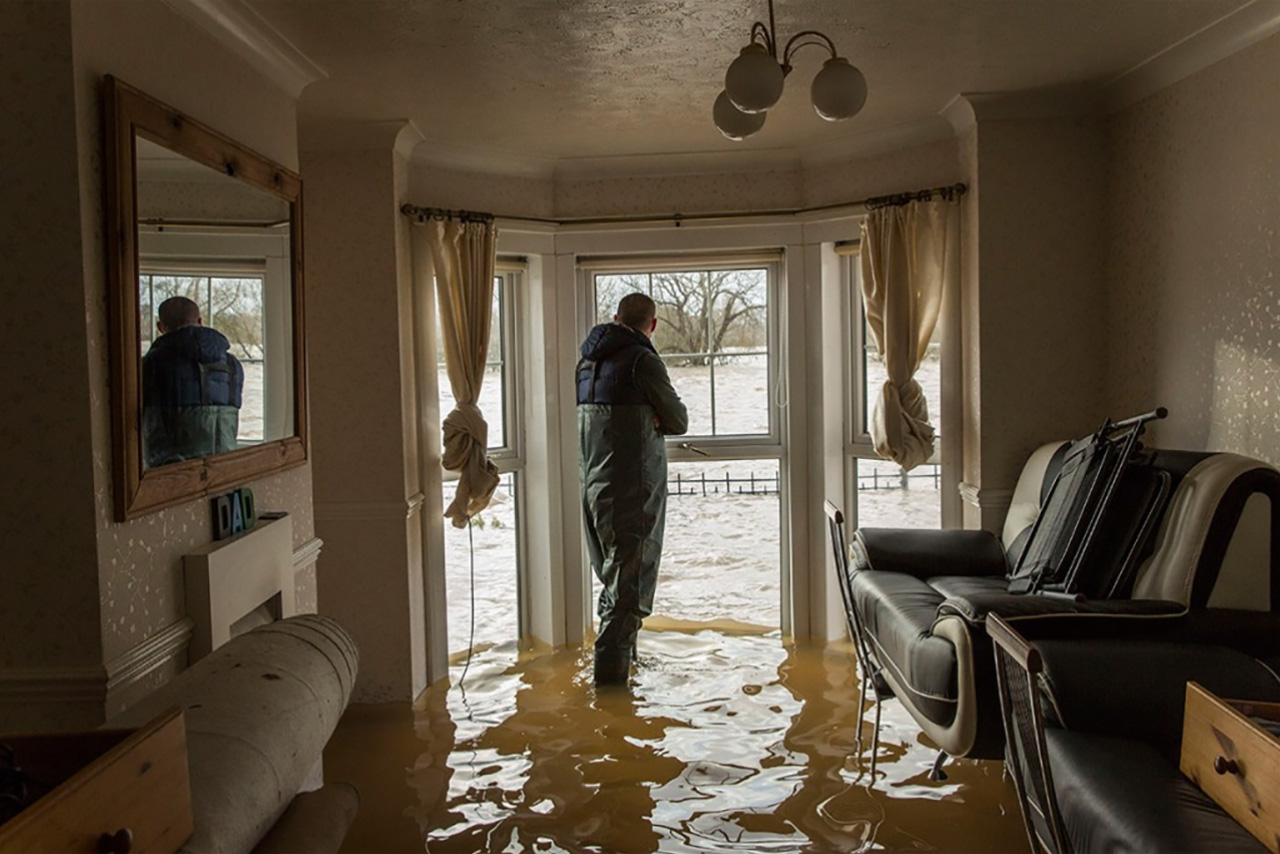
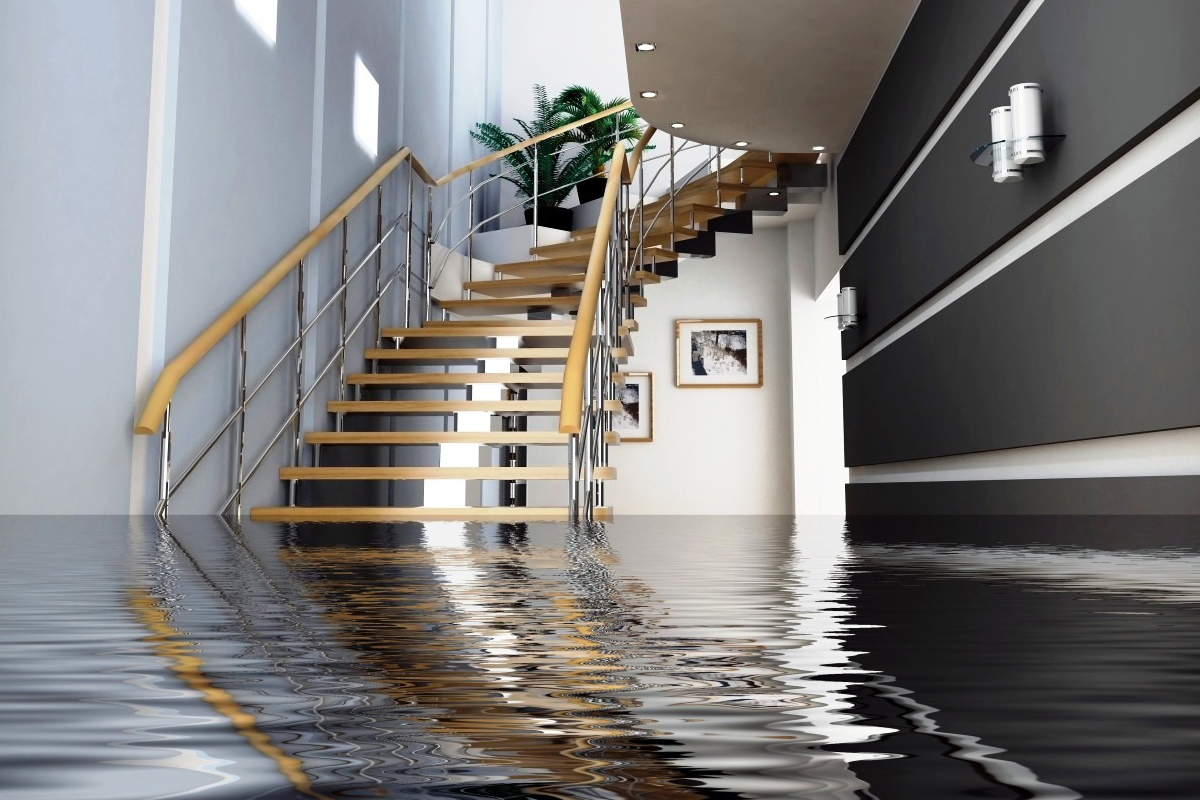
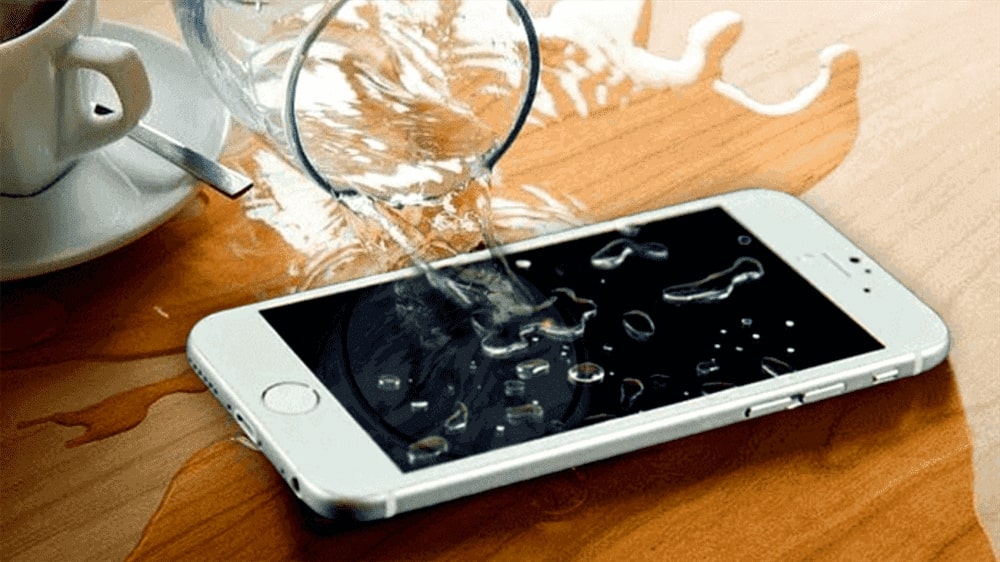
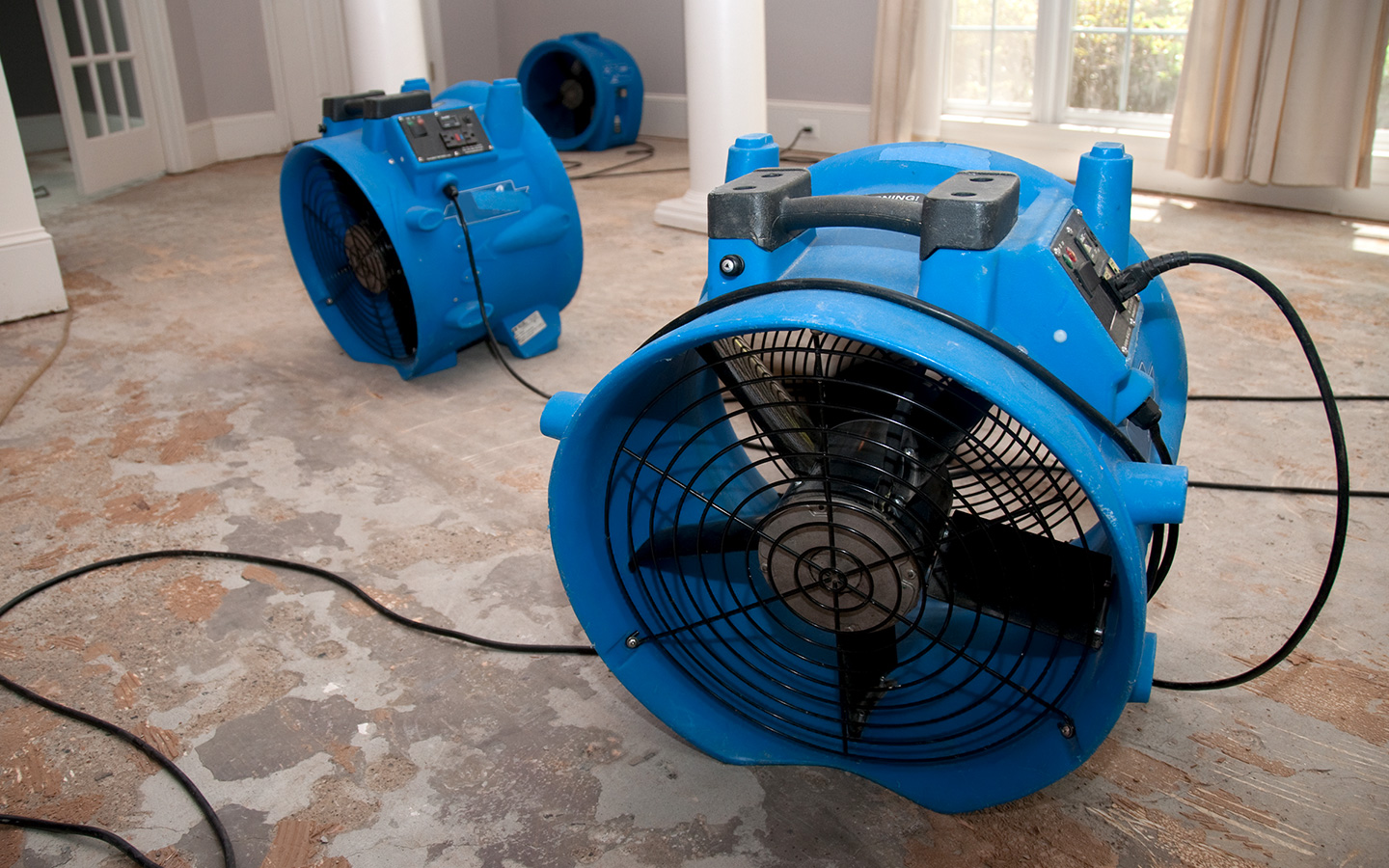
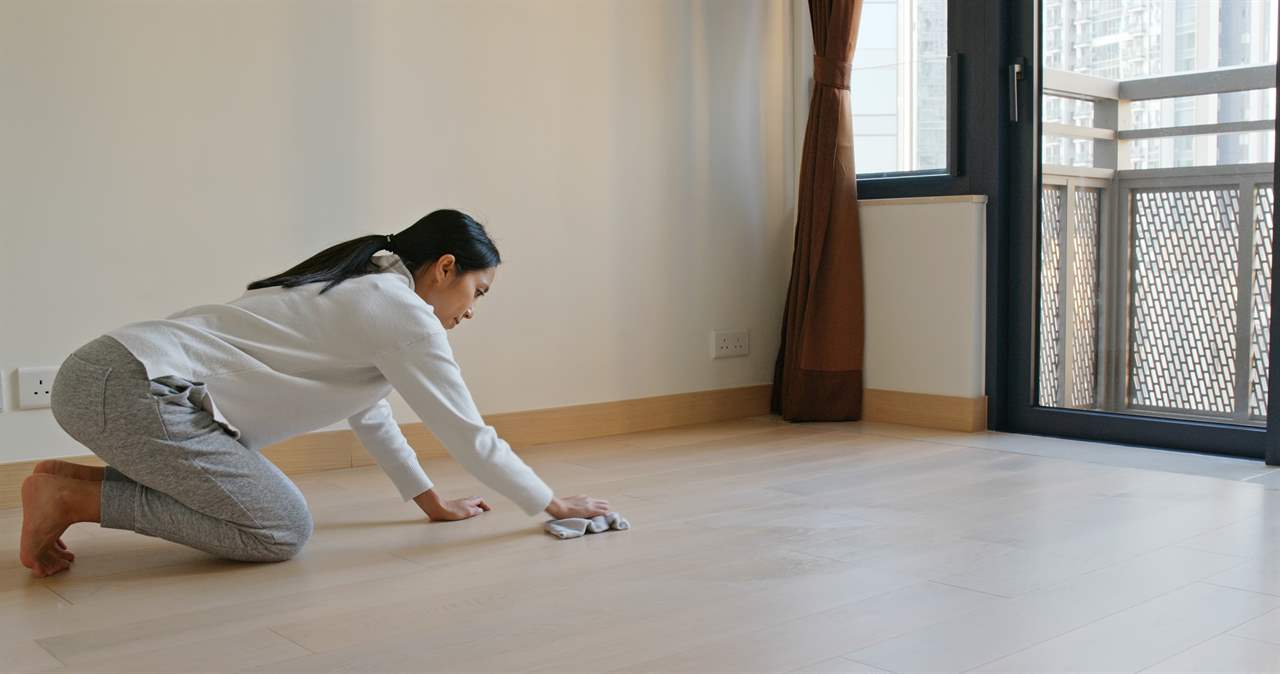
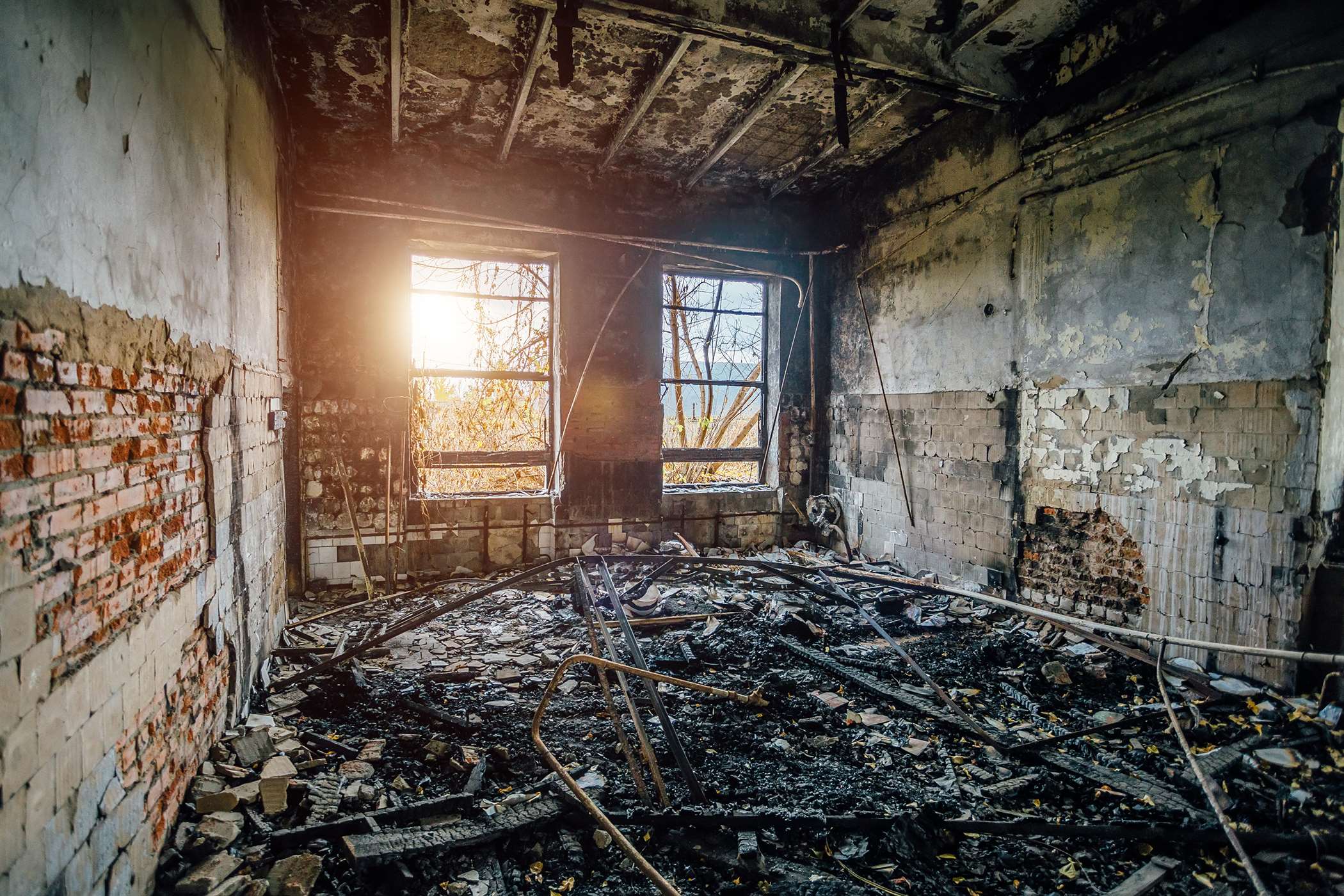
Leave a comment